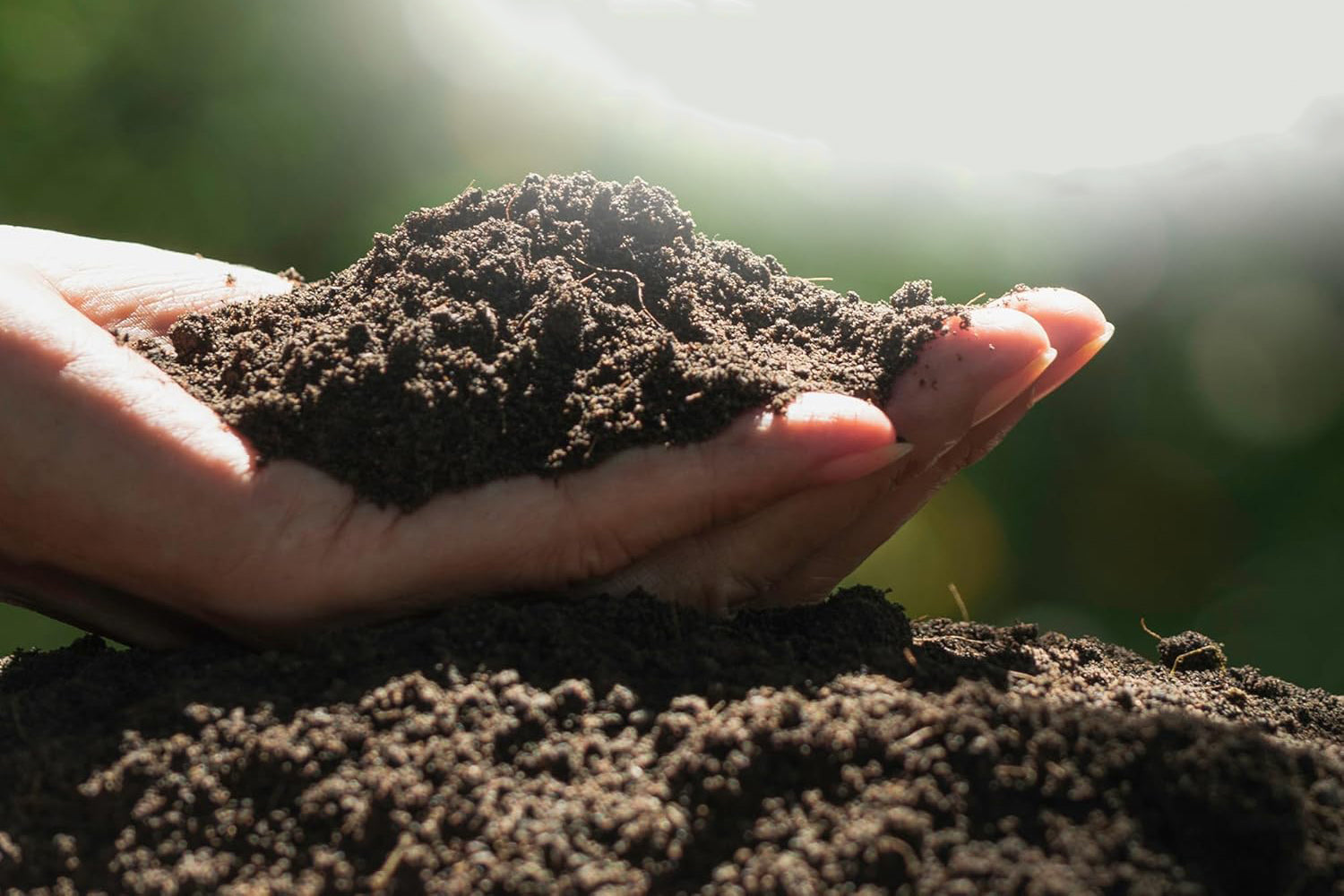How To Make Biochar at Home
- 4 min reading time
In the search for easy, quick, and sustainable gardening or farming, biochar can be seen as an effective sustainable means, offering countless benefits for soil health and plant growth. This long-forgotten practice has found its way into modern society, promising to lock carbon into the soil, improve water retention, and help cultivate a thriving microbial ecosystem. This guide will help you create your own biochar at home, turning waste into plant nutrition in the process.
What is Biochar?
Biochar is a form of highly porous charcoal that is carbon-rich, made through the process of pyrolysis - the controlled breakdown of organic material at high temperatures in a closed environment with limited oxygen. This process transforms organic waste into a stable form of carbon, preventing it from decomposing and releasing CO2 back into the atmosphere. The resulting biochar can improve soil structure, enhance nutrient availability, and increase microbial activity, in turn boosting plant growth and crop yields.
Materials Needed for Creating Biochar.
1. Organic material (dry garden waste such as branches, twigs, leaves, corncobs, corn husks or wood chips)
2. An affordable metal portable biochar kiln.
3. Matches or a lighter
4. Pieces of dry organic material like grass or leaves that easily ignite.
5. Safety equipment (gloves, watering can, water)
6. Container for storing the formed biochar.
Making Biochar
-
Step 1: The first step in making biochar is finding an open area that is levelled to set up your kiln firmly.
-
Step 2: Gather the organic waste and materials you need for the biochar making process. It’s advised to use dry materials as it burns easily and ensure efficient biochar production. Wet materials are not easy to burn, it can also produce more smoke.
-
Step 3: Set up your portable biochar kiln. Most portable biochar kilns use the Top-Lit Up-Draft (TLUD) method achieved by a stand, inner chamber, outer chamber, and chimney. Place the stand on the levelled area, firmly place the outer chamber on the stand, then insert the inner chamber into the outer chamber. Leave the chimney aside as it will be used later once the burning process has begun.
-
Step 4: Fill the inner chamber with your dry organic waste material. Pack it tightly, layering and alternating between the easily flammable materials and the organic waste material to reduce air space but not so dense that air cannot pass through.
-
Step 5: Light the material from the top as the TLUD method requires top lighting, allowing the fire to burn downwards due to airflow entering from the bottom, creating a layer of char below the fire. As the fire burns, it will gradually burn the material, turning it into biochar.
-
Step 6: Once the fire is lit, you’ll initially notice some smoke, this will decrease as the process continues. When the fire is lit and burning well, place the chimney on the kiln (always wear heat resistant gloves when operating the kiln). The kiln is designed with the goal to limit oxygen in a closed space, while still allowing the fire to burn. The burning process can take anywhere from 20 - 40 minutes, depending on the amount of material and the setup.
-
Step 7: After the estimated time has lapsed, you will notice the smoke has significantly reduced and the flame is burning with a bluish hue. This signifies the waste material has fully transformed into biochar, it’s time to extinguish the fire. Wearing your heat resistant gloves, use your watering canister to extinguish the fire. Once the fire and vapour eases, carefully remove the chimney and continue dousing the biochar with water, ensuring all embers are extinguished. This step is crucial and should be done thoroughly to stop the burning process and prevent the biochar from turning to ash.
- Step 8: Allow the kiln and newly formed biochar to cool down, once cooled, you can remove the biochar from the kiln. Place it in a container that can be left open to allow the biochar to cooldown further and dry out as the newly formed biochar is in its raw form, which is not immediately beneficial for soil. It will need to be “charged” with nutrients before adding it to the soil.
Discussion
Making biochar at home is a simple and easy process using a portable biochar kiln. Using biochar as a fertilizer additive is a great way to supercharge soil health and contribute to environmental sustainability. By following the steps in this guide, you can easily and effectively transform organic waste into a valuable resource for fertile soils and thriving plant life.



